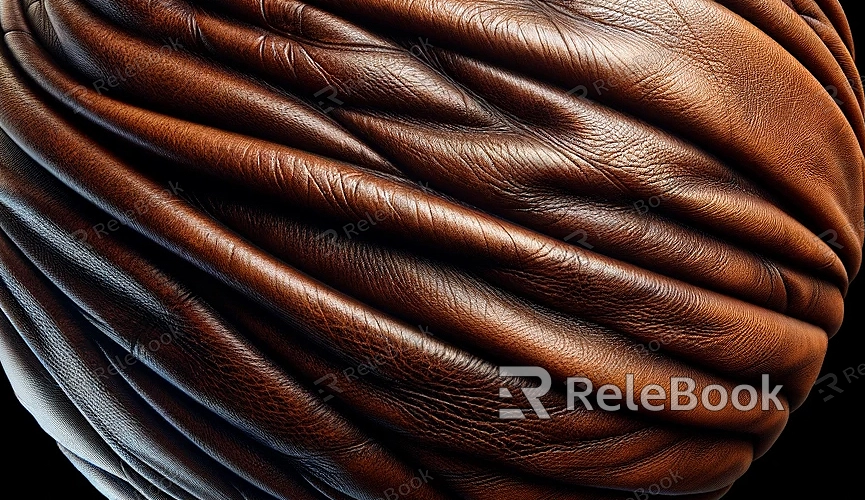How to Add Texture in Maya
Maya is a professional software widely used for 3D modeling, animation, and rendering. Adding different textures to 3D models in Maya allows for a variety of effects, enhancing the realism and visual appeal of rendered results. To make your 3D models more realistic and eye-catching, adding textures is a crucial step.

1: Open Maya Software
First, open the Maya software and load the project you want to edit or create a new project.
2: Select the Object
In the Maya scene, select the object to which you want to add a texture. This can be any 3D model, such as characters, scenes, or objects. You can import 3D models downloaded from the internet into Maya or create new 3D models and virtual scenes within Maya.
3: Open the "Hypershade" Panel
At the bottom of the Maya interface, locate the "Rendering Editors" menu and choose "Hypershade." This will open the Hypershade panel for creating and editing materials.
4: Create a New Material
In the Hypershade panel, right-click in an empty space and select "Create" > "Material." Choose an appropriate material type, such as "Lambert" or "Blinn."
5: Add Texture Nodes
In Hypershade, select the newly created material. Then, in the Node Editor, right-click in an empty space and choose "Create" > "2D Textures" or "File" (depending on your texture type). This will create a new texture node.
6: Import Texture Image
In the texture node's attributes, find "Image Name" or a similar option, click the folder icon, and select your texture image file. Once imported, the texture will be associated with that node. Import high-quality 3D textures, either created by yourself or obtained from Relebook.
7: Connect Texture Node
Connect the output of the texture node to the "Color" or other appropriate input of the material node you created earlier. This will apply the texture to the surface of the object.
8: Adjust Texture Mapping
Select the object in Maya and enter the "UV Texture Editor" to adjust how the texture is mapped. This is crucial to ensuring the texture properly maps to the surface of the object.
9: Preview and Adjust
Switch to the Maya view, enable "Viewport 2.0" to preview the texture effect. Adjust material and texture properties such as color, reflection, and glossiness as needed.
10: Render the Scene
Finally, render the scene in Maya to see the final result. You can optimize texture rendering by adjusting render settings, lighting, and camera angles.

